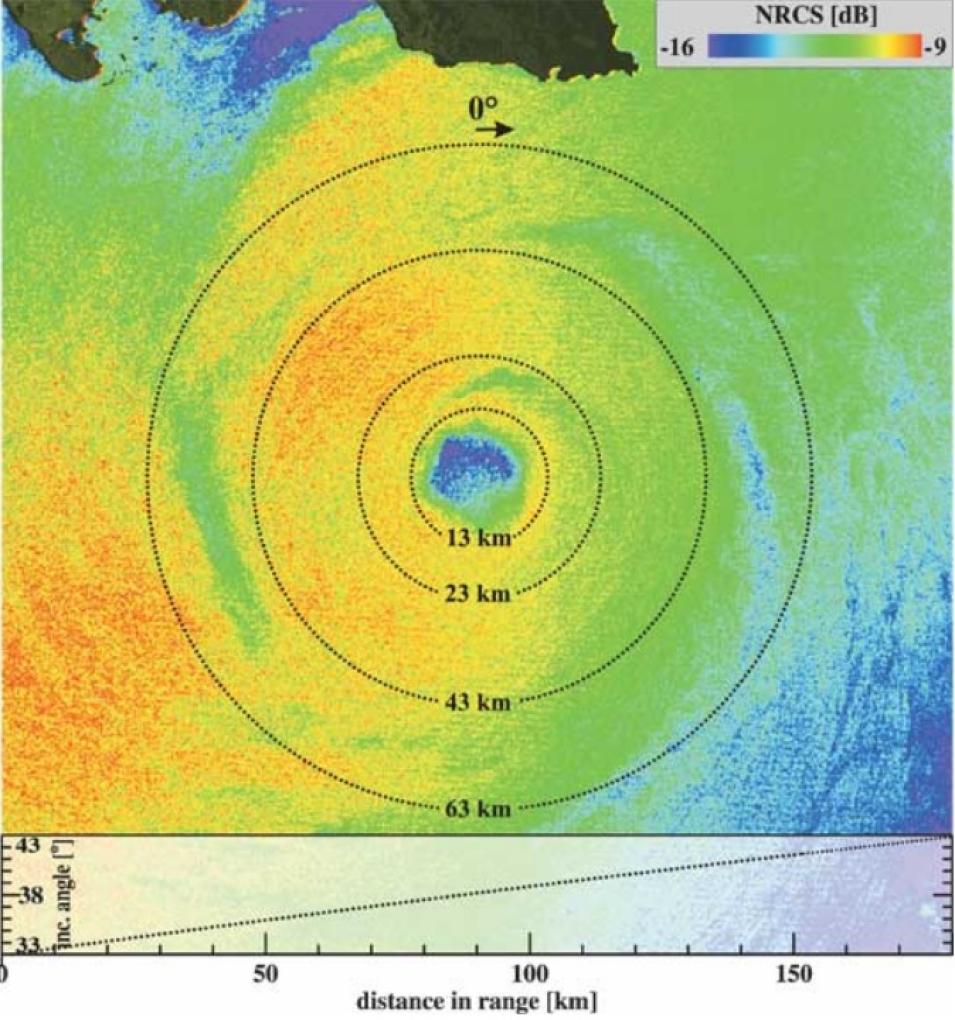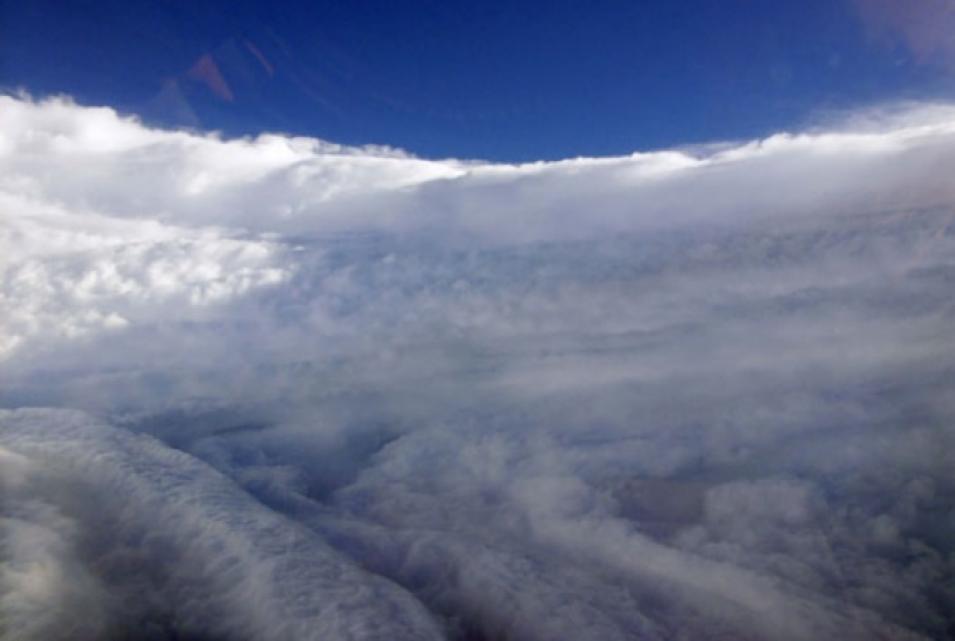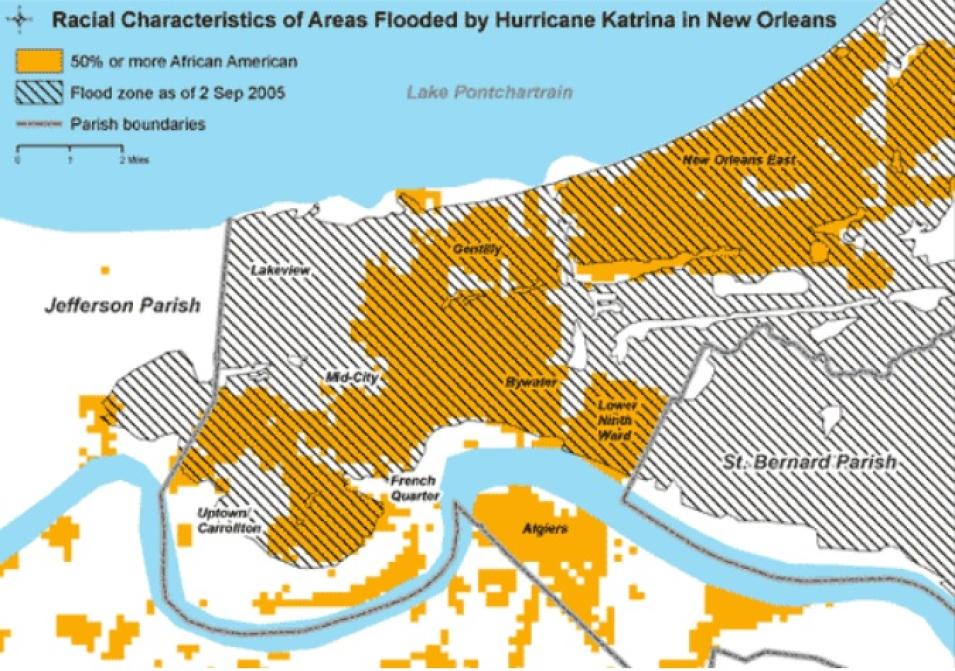On the evening news, a graphic tells us that a new hurricane is forming: a little spiral cloud grows over a distant ocean. As days go by, it swells and wobbles towards land. At a distance, inlanders witness its landfall and aftermath. Meanwhile, coastal dwellers have time to get out of the way.
Science has not eliminated hurricanes, but scientific advances in the last fifty years have helped people survive them. Consider the story of the Category Four hurricane that struck Galveston in September 1900, still regarded as the deadliest hurricane in United States history.
Galveston meteorologist Isaac Cline could not have predicted the hurricane's path or fury in time to evacuate the city. From the rooftop of the Galveston weather bureau, Cline observed high tides and large swells first, then rapidly dropping barometric pressure just hours before landfall. The storm then certain, he waded home through waist-deep water. During the hurricane, Cline's house collapsed, and Cline and his two surviving children drifted on wreckage for three hours until the storm subsided. Fifty people took refuge in his house; only eighteen survived. The unnamed hurricane killed 6,000 of the city's 37,000 residents and flooded the entire city 7 feet deep.
Sadly, while life on the coast is safer now, Hurricane Katrina revealed how much must still be done to prevent suffering and death. Key questions need still sharper answers: Where is the storm going to hit? How strong is it? Who is in its path? What can be done to save lives? Researchers are looking more deeply into remote sensing and population data for these answers.
Forecasting hurricanes
Hurricane forecasters today are unlikely to be found monitoring conditions from the roof, as Cline had to do. Well-equipped storm centers digest data from spaceborne sensors, ocean buoys, and storm-chasing aircraft, enabling forecasters to see and understand storms still many days away. Methods continue to improve: three-day storm-track predictions are now as accurate as the two-day forecast was twenty years ago. But forecasters want to make similar progress in storm-intensity forecasts.
What do we gain from more accurate storm-intensity forecasts? At all points, more certainty supports better decisions. Uncertainty can stall people as they weigh storm risks against the physical hardships and costs of evacuation. A study of North Carolina coastal residents who were affected by Hurricane Bonnie in 1998 confirmed that most based their decision to evacuate on the forecasted severity of the storm. Despite mandatory evacuation orders, only one of every four residents and vacationers evacuated.
Particularly, forecasters want more data about wind intensity, a strong indicator of storm intensity and threat that has improved more slowly than storm-track forecasts. The best data about wind intensity for developing storms comes from sensors on ocean buoys and from storm-chasing aircraft that fly through the hurricane eyewall, where the most intense conditions occur. These measurements are then relayed to hurricane centers and used in storm forecast models.
But buoys and aircraft have limitations. Frank Monaldo, a researcher at Johns Hopkins University's Applied Physics Laboratory (APL), explained, "Aircraft measure wind speeds at altitude, not down on the ocean surface. And at higher wind intensities, you can't rely on the measurements from buoys. The buoy flops up and down and is shielded from the winds by waves, so you can't believe its data."
Monaldo and APL colleague Donald Thompson see promise in a new remote-sensing method for monitoring hurricane winds. Thompson said, "Weather satellites can show the familiar spiraling cloud-cover patterns that you see on television. But those dramatic cloud-top images aren't the whole story." Monaldo added, "If you had high-resolution wind data, you could look at the structure of the winds, and better understand the storm dynamics." Some remote-sensing instruments can measure winds, but do not provide enough detail for hurricane tracking.
So Monaldo and Thompson, teaming with other scientists and the National Oceanic and Atmospheric Administration (NOAA), have been studying Synthetic Aperture Radar (SAR) data, which has a resolution as fine as 100 meters (328 feet). SAR is better known for detecting sea ice, forest cover, and coastal erosion. The research team developed a method to retrieve wind speed from SAR data, using data from Canada's RADARSAT-1 instrument. The data are archived at NASA's Alaska Satellite Facility Distributed Active Archive Center (ASF DAAC) and distributed to U.S. researchers through a special agreement between the United States and Canada.



